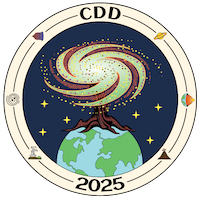Orateur
Description
Submarine Earthquakes can trigger large tsunami waves, causing major risks and potentially disastrous consequences on coastal communities. It is therefore essential to assess the tsunamigenic potential of an event by determining its characteristics (magnitude, location, and surface displacements). However, providing accurate early warnings in the case of deep ocean earthquakes remains challenging when relying exclusively on seismic data. Besides seismic waves, earthquakes and surface motions can also generate acoustic waves that propagate to high altitudes, inducing fluctuations in the ionospheric plasma density known as CoSeismic Ionospheric Disturbances (CSID). These perturbations provide valuable insights into the source mechanisms and can contribute to complement the limited ground stations distribution along the oceanic faults. This, in turn, supports the establishment of accurate detection and localization techniques in Near-real-time (NRT).
In this study, we introduce a new method for the automatic detection and localization of earthquakes from ionospheric Total Electron Content (TEC) observations. We first estimate the detection probability of a CSID first arrival through a deep learning model, we then apply a migration-stacking procedure to perform the inversion. In order to address uncertainties in detection altitude, acoustic velocity models, and to account for prior knowledge on seismic source location and origin time, we employ a Bayesian framework. The resulting posterior distributions of source parameters can then be computed within a few minutes in a CPU cluster making it near-real-time applicable.
| Speaker information | PhD 2nd year |
|---|

